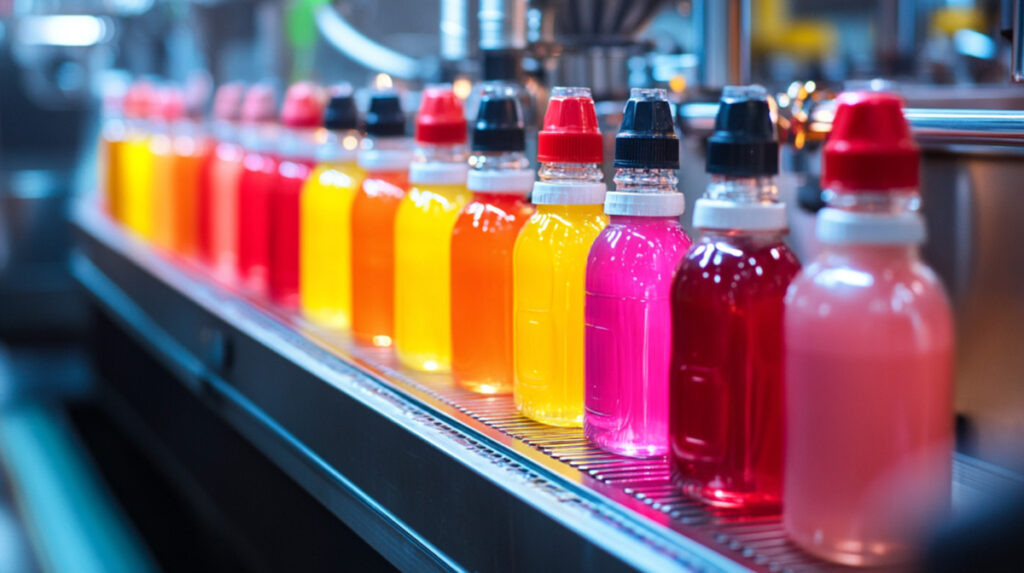The function of food flavors is to impart or enhance the taste and aroma of products, especially after processes such as cooking, drying or freezing, which can weaken their natural properties. Flavors help restore the original sensory qualities of food. Thanks to them, food regains its full, distinctive aroma and becomes more appetizing.
Natural aromas
Natural aromas are extracted directly from plant raw materials or animal raw materials. They are considered the healthiest, as they are extracted directly from natural sources. Two groups of methods are used to produce them: biotechnological and physicochemical, such as extraction of of essential oils from plants or steam distillation.
Examples of natural flavors include lemon oil extracted from lemon peels, menthol from mint oil or vanilla from vanilla sticks. These flavors give foods an authentic, intense flavor. However, due to high production costs, natural flavors are less available and more expensive.
Nature-identical aromas
Nature-identical flavors are synthesized in a laboratory, but their molecules are identical to their natural counterparts. Although they are not derived from plants or animals, they offer the same flavor and aroma properties as natural flavors, but at a much lower price.
A prime example is vanillin, a substance with the smell and taste of vanilla, which is widely used in the food industry as a cheaper substitute for natural vanilla. It allows us to enjoy the vanilla scent in products such as baked goods, beverages, candy and dairy products.
Artificial flavors
Artificial flavors are chemical compounds that are not found in nature, but are synthesized in laboratories to replicate or create new, unique flavors. These flavors are often used where the production of natural flavors would be too costly or unfeasible.
A popular example is diacetyl, which gives products a distinctive buttery flavor, used in products such as popcorn and cookies. Artificial flavors are also used to create intense flavors in sodas, jellies or candies where natural flavors would be too subtle or too expensive.
The use of flavors in modern food production
In the food industry, flavors are commonly used in products that have undergone freezing or drying, but also in products where the natural flavor is too weak or needs to be enhanced. They can also be used in foods for the elderly, where enhanced flavor intensity is needed as a result of the loss of the sense of taste and smell.
One method of flavoring in the food industry is encapsulation. This process allows flavorings to be encapsulated in microparticles, which protects them from evaporation, reaction with other ingredients or loss of intensity during long storage. This ensures that the flavors are released at the right moment, such as during consumption or preparation of a dish.
Bibliografia
1. Janiszewska, E., Arciszewska, M., & Witrowa-Rajcher, D. (2013). Relationship between microencapsulation efficiency of vanillin flavor and physical properties of the obtained powders. Food. Science. Technology. Quality.
2. Heath, H. B., & Allen, B. B. (2019). The application of flavor in food processing. Accessed: https://foreverest.net/news-list/the-application-of-flavor-in-food-processing
3 Al Saqqa, G. S. R. (2022). What to Know about Food Flavor? A Review. Jordan Journal of Agricultural Sciences,
4 List of permissible amounts of additives and other substances, Journal of Laws 2023, item 805. 5. What are natural and synthetic flavors? Pollenaaroma.pl. Accessed: https://pollenaaroma.pl/bank-wiedzy/czym-sa-aromaty-naturalne-syntetyczne/
6 Zawirska-Wojtasiak, R. (2005). Flavors, dyes, preservatives – perspectives of application. Food Industry.


